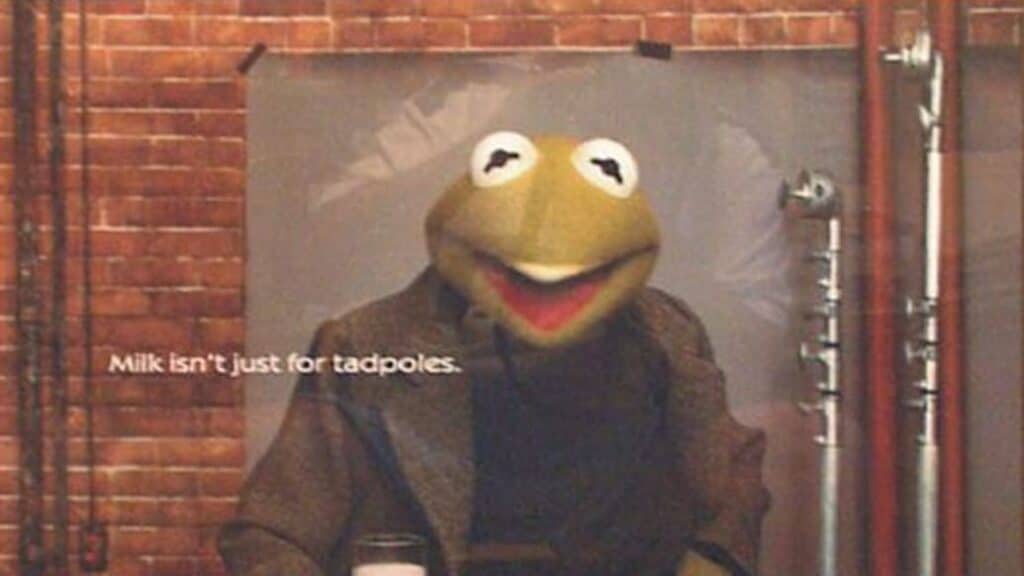As leaders gather together to advocate for the multifamily industry, it’s never been more clear that rental housing desperately needs its “Got Milk?” moment.
30 years ago, facing declining sales and market share, California’s dairy farmers commissioned the first iteration of the now-iconic campaign.
it was so popular and successful that the national dairy association adopted the campaign the next year. The Department of Agriculture even put its support and massive funding behind the effort. (Can you imagine HUD launching an ad campaign to promote apartment living?!)
“Got Milk?” helped to increase awareness and sales by turning a simple glass of milk into a symbol of satisfaction and fulfillment.
It became a cultural phenomenon. Famous athletes and celebrities jumped on board — they all wanted to sport that milk mustache. The campaign has been copied and mimicked countless times.



Now, come back to rental housing.
The multifamily industry is deeply misunderstood, maligned, and under-appreciated — all of which regularly work against best intentions, logic, and basic economics.
As an industry, we’re not going to overcome rent control or NIMBYs with logic (or basic math, for that matter). There are deeply rooted fears (mostly wrong) that providing attainable housing options for others might mean that current homeowners are somehow going to lose something they already have.
For all the opposition, multifamily housing benefits the economy in innumerable ways:
✅ More housing options increase supply and lower prices. (See any one of Jay Parsons‘ posts that explain this far better than I ever could.)
✅ Attainable housing enables mobility, which can create more jobs and growth.
✅ Dollars invested in rental housing boost local economies by generating income through resident earnings and additional local tax revenue.
✅ Many people simply prefer the renting lifestyle because they like the flexibility and the freedom of not having to worry about maintaining a home. (People create their own American Dream today — just ask Ramit Sethi.)
I could go on — the list of benefits is formidable.
But that’s all the logical argument.
Regardless of those benefits, it’s increasingly harder to get approvals for new deals, determine appropriate pricing, evict non-paying squatters, and identify criminal records and other potential risks to our current residents.
Discriminatory zoning limits where multifamily homes can be built. Even where it’s allowed, new multifamily housing is regularly discouraged, especially if there’s any type of affordable component. (I serve on a local board that advocates for affordable housing — the level of classism, thinly veiled racism, and ignorance we see in our work is maddening.)
Renters are seen as second-class citizens, often treated like they aren’t as equal a member of the community as those who own their homes the next street over.
Yes, we need to advocate. We need legislative action that removes barriers to overcoming our housing shortage.
Yes, we need to lobby legislators at every level. We need to educate city councils — and there are some really misguided/misinformed councils out there.
But we also have to win the hearts and minds of the people they listen to most — their constituents. We must sway the jury in the court of public opinion.
And that only happens when we create desire … when we move past logic and tap into deeper, primal emotions.
It worked for dairy farmers. And it can work for the multifamily industry, too.
We have the means to create more housing at every level in this economy. What we don’t have (outside this industry) is the will, the desire.
Legislative action is necessary. But it’s not enough. It’s time for more.
(Many thanks to Carol Enoch for helping to crystalize my thoughts on this important topic.)

